|
OVER
FISHING
ABOUT -
CONTACTS - FOUNDATION -
HOME - A-Z INDEX

MARINE
LIFE - This humpback whale is one example of a magnificent
animal that is at the mercy of human
activity. Humans are for the most part unaware of the harm their fast-lane
lifestyles are causing. We aim to change that by doing all we
can to promote ocean literacy.
Governance of fisheries and
aquaculture has been weak around the world, and this has resulted in an excess of
fleet capacity in the fishing industry, consequent overfishing‚ and a vast loss of economic returns.
Fish products have also become the object of extensive international trade‚ mostly from poor countries to wealthier ones.
We
have roughly three times the fishing
fleet needed and hardly catch more fish than our grandparents
did in 1889. Worldwide, about 90% of large predatory fish
stocks are already gone. A century ago a few men in rowing
boats could catch more fish than some multi-million Euro
fishing trawlers today.
EXAMPLE
- In 1992 the collapse of the Northern Cod Fishery in
Newfoundland, Canada
caused the loss of 40,000 jobs locally and the cod have not
returned. This could and will happen everywhere that care is
not taken to ensure that unregulated fishing does not take
place.
According
to the World Bank article: 'PROFISH,' there is a substantial opportunity to improve livelihoods by capturing the "Sunken
Billions" - or the forgone economic benefits of capture fisheries, estimated
to be in the $80 billion range
annually - and increasing the supply from aquaculture systems. Capitalizing on this opportunity can improve food and nutrition security for hundreds of millions of people. It can also increase our ability to adapt to
climate change.
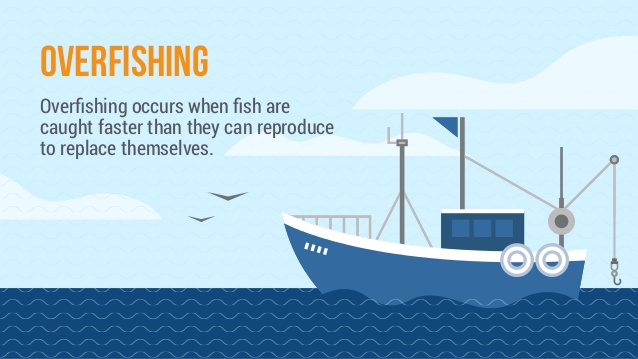
WHAT
IS OVERFISHING ?
Overfishing
is fishing with a sufficiently high intensity to reduce the breeding stock levels to such an extent that they will no longer
support a sufficient quantity of fish for sport or commercial harvest.
Overfishing is thus overexploitation where fish stocks are reduced to below acceptable levels.
Overfishing can result in resource depletion, reduced biological growth rates and low biomass levels. Sustained overfishing can lead to critical depensation, where the fish population is no longer able to sustain itself. Some forms of overfishing, for example the overfishing of
sharks, has led to the upset of entire marine ecosystems.
The ability of a fishery to recover from overfishing depends on whether the ecosystem's conditions are suitable for the recovery.
Overfishing occurs when more fish are caught than the fish population can replace through natural reproduction.
Gathering as many fish as possible using large trawlers may seem like a profitable practice, but the reverse is true - taking away the breeding stock in unregulated fashion reduces the fish population for the next catch. Fish catches can then only reduce in volume until the species become extinct in that geographical location.
Imagine then the consequences of irresponsible trawling all over the world. Catchable fish would cease to exist at all leaving one fifth of mankind short on food.
According to a 2008 UN report, the world's fishing fleets are losing US$50 billion each year through depleted stocks and poor fisheries management. The report, produced jointly by the World Bank and the
UN
Food and Agriculture Organization (FAO), asserts that half the world's fishing fleet could be scrapped with no change in catch. In addition, the biomass of global fish stocks have been allowed to run down to the point where it is no longer possible to catch the amount of fish that could be caught.
Not only that it is unlawful and attracts substantial fines and in some cases boat confiscation.
UN CONVENTION ON THE LAW OF THE SEA
The United Nations Convention on the Law of the Sea (UNCLOS) treaty deals with aspects of over fishing in articles 61, 62, and 65.
Article 61 requires all coastal states to ensure that the maintenance of living resources in their exclusive economic zones is not endangered by over-exploitation. The same article addresses the maintenance or restoration of populations of species above levels at which their reproduction may become seriously threatened.
Article 62 provides that coastal states: "shall promote the objective of optimum utilization of the living resources in the exclusive economic zone without prejudice to Article 61"
Article 65 provides generally for the rights of, inter alia, coastal states to prohibit, limit, or regulate the exploitation of marine mammals.
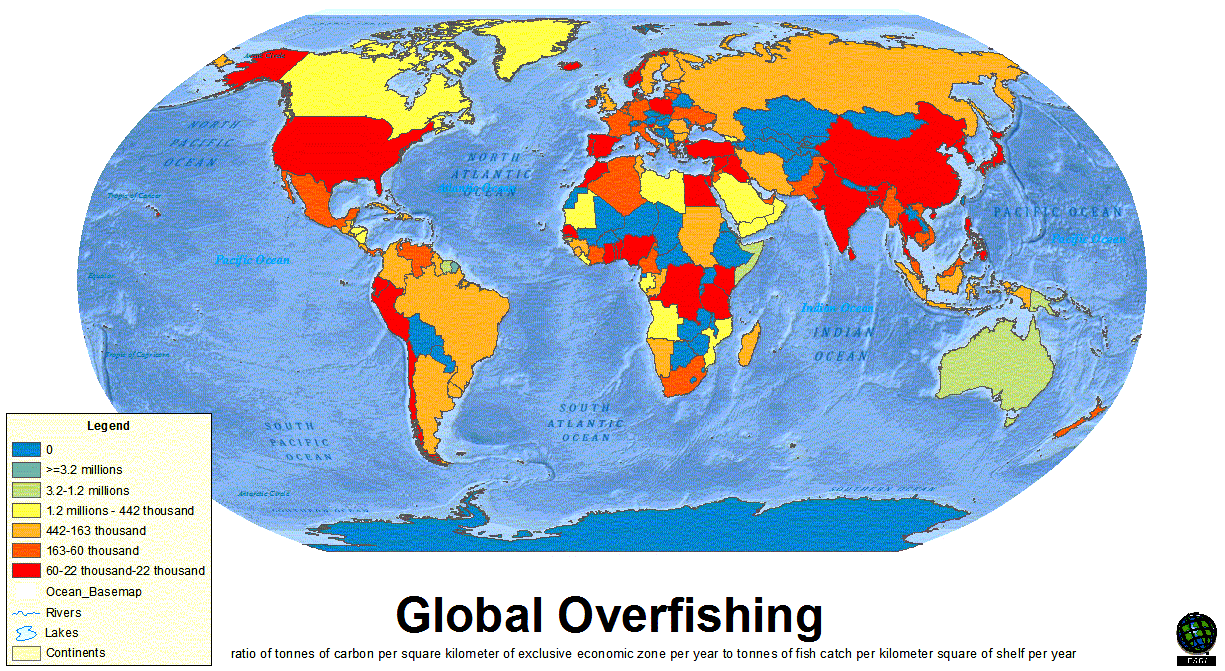
QUOTAS
A possible solution, at least for some areas, is quotas, so fishermen can only legally take a certain amount of fish.
A more radical possibility is declaring certain areas of the sea "no-go zones" and make fishing there strictly illegal, so the fish in that area have time to recover and repopulate.
This means monitoring fish catches and populations. In the digital age this should not be too difficult to achieve using autonomous vehicles and solar powered sensor bouys.
To fish sustainably, quotas need to be changed each year to account for fish population.
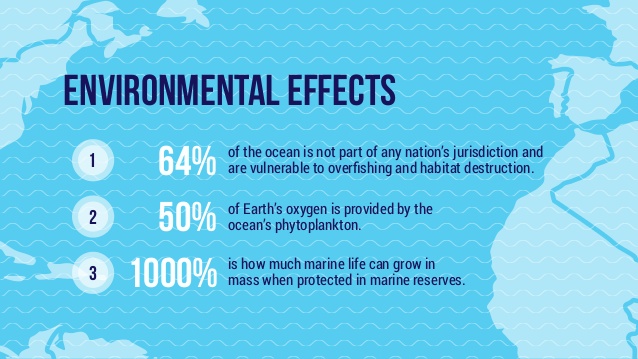
PERMITS - ITQs
Individual transferable quotas (ITQs) are fishery rationalization instruments defined under the Magnuson-Stevens Fishery Conservation and Management Act as limited access permits to harvest quantities of fish. Fisheries scientists decide the optimal amount of fish (total allowable catch) to be harvested in a certain fishery. The decision considers carrying capacity, regeneration rates and future values. Under ITQs, members of a fishery are granted rights to a percentage of the total allowable catch that can be harvested each year.
These quotas can be fished, bought, sold, or leased allowing for the least cost vessels to be used. ITQs are used in
New
Zealand, Australia, Iceland, Canada, and the
United
States. Only three ITQ programs have been implemented in the United States due to a moratorium supported by Ted Stevens.
China bans fishing in the South China Sea for a period each year.
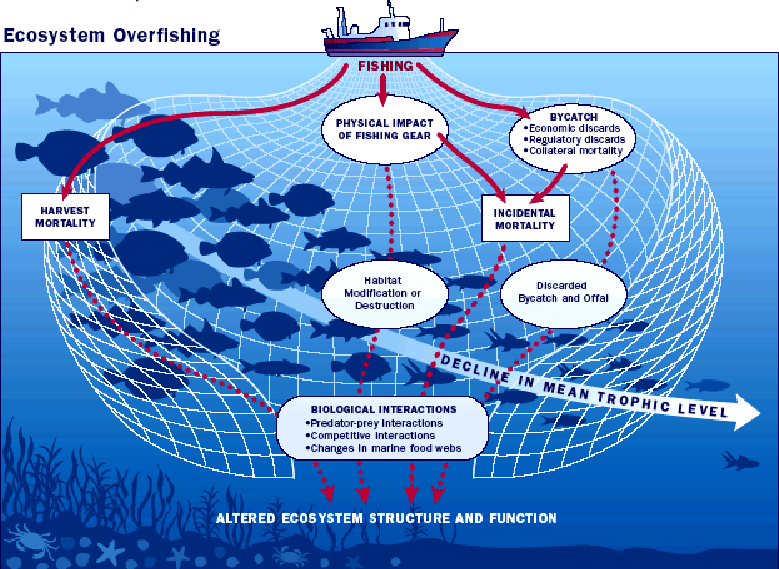
URGENT NEED FOR SUBSIDY REMOVAL
Fisheries scientist Daniel Pauly and economist Ussif Rashid Sumaila have examined subsidies paid to bottom trawl fleets around the world. They found that US$152 million per year are paid to deep-sea fisheries. Without these subsidies, global deep-sea fisheries would operate at a loss of $50
million a year. A great deal of the subsidies paid to deep-sea trawlers is to compensate them for the large amount of fuel required to travel beyond the 200-mile limit and drag weighted nets.
Using more fuel to catch less fish and destroy habitats is an unsustainable practice that also fuels climate change.
Several scientists have called for an end to the subsidies paid to deep sea fisheries. In international waters beyond the 200 nautical mile exclusive economic zones of coastal countries, many fisheries are unregulated, and fishing fleets plunder the depths with state-of-the-art technology. In a few hours, massive nets weighing up to 15 tons, dragged along the bottom by deep-water trawlers, can destroy deep-sea corals and sponge beds that have taken centuries or millennia to grow.
BYCATCH REDUCTION
Fishing techniques may be altered to minimize bycatch and reduce impacts on marine habitats. These techniques include using varied gear types depending on target species and habitat type. For example, a net with larger holes will allow undersized fish to avoid capture. A
turtle excluder device (TED) allows sea turtles and other megafauna to escape from shrimp trawls.
OCEAN LITERACY
Creating awareness of overfishing and effective measures can be effective in
fisheries management. Improving awareness of regulations can improve compliance. Also, creating
public awareness of environmental impacts of fishing can lead to fishermen voluntarily engaging in practices such as catch and release.
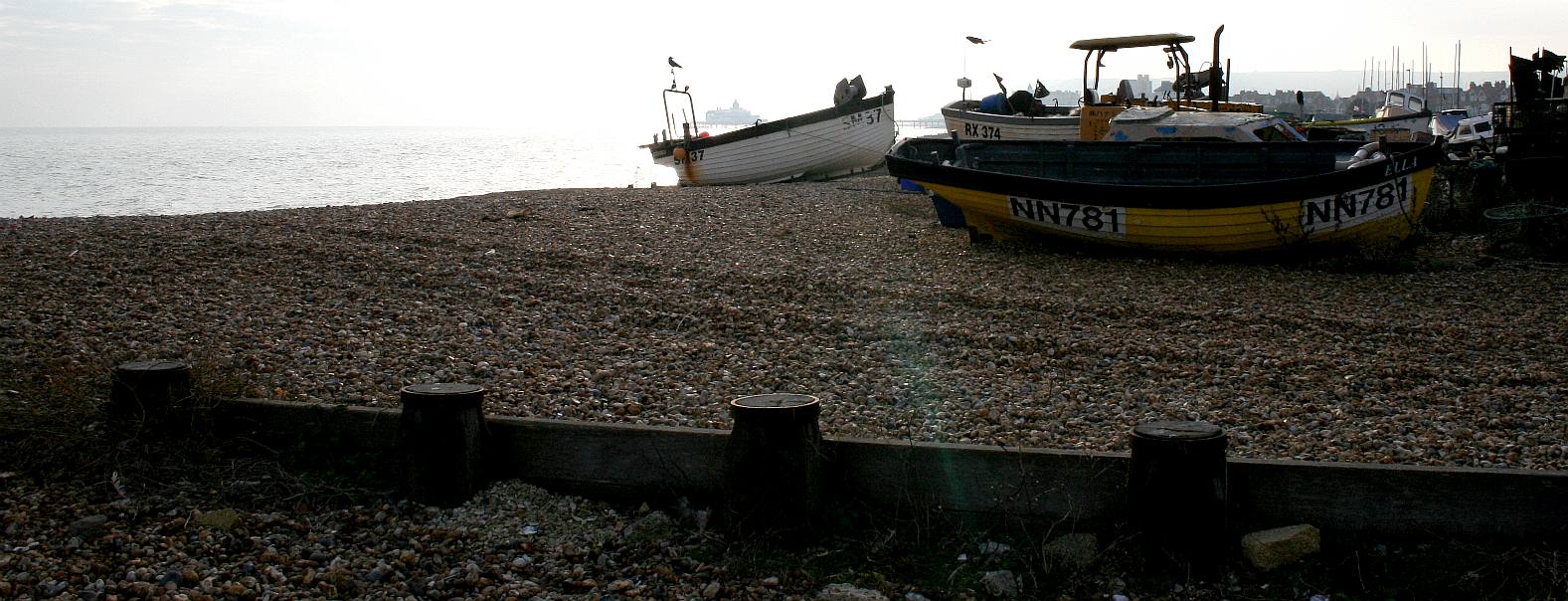
EASTBOURNE -
Is an example of a beach that is underused for fishing, even
though there is a Fisherman's Agreement in existence and blue
growth is clearly on the agenda locally. This may change if a
home is found for new technology aiming for sustainable
fishing in Europe and Internationally.
MAIN
BLUE GROWTH AREAS
5.
Ocean Regeneration - cleaning our oceans to preserve the
resource and cleanse the toxic food chain
6.
Aquaculture - now generates around 50% of world produce,
mostly subject
to wild fish feed
7.
Ocean Energy - offshore wind and wave energy for clean
power
8.
Biotechnology - Identifying, harvesting and producing
medicines
9.
Coastal Tourism - To engage the public in ocean matters
and reduce air travel
10.
Green Ships - Cargo and cruise ships that are cleaner,
preferably zero carbon
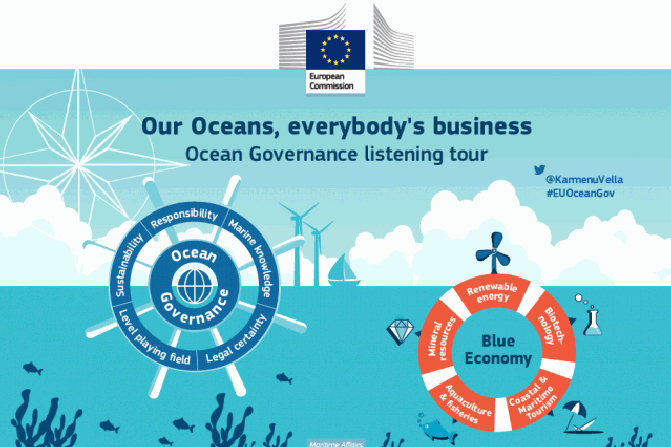
LINKS
& REFERENCE
https://en.wikipedia.org/wiki/Overfishing
http://overfishing.org/
http://documents.worldbank.org/curated/en/2009/01/10298304/sunken-billions-economic-justification-fisheries-reform
http://www.worldbank.org/en/topic/environment/brief/global-program-on-fisheries-profish
https://ec.europa.eu/
This
website is provided on a free basis as a public information
service. Copyright © Cleaner
Oceans Foundation Ltd (COFL) (Company No: 4674774)
July 2017. Solar
Studios, BN271RF, United Kingdom.
COFL
is a charity without share capital.
|






